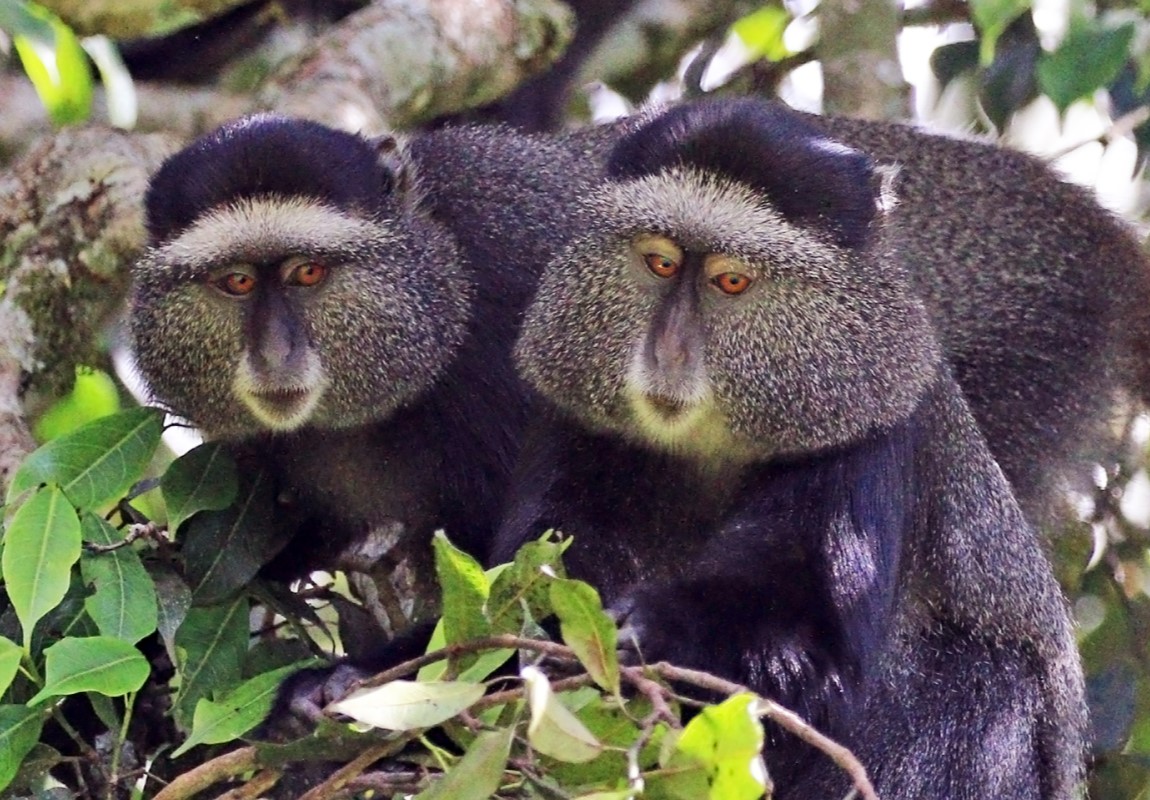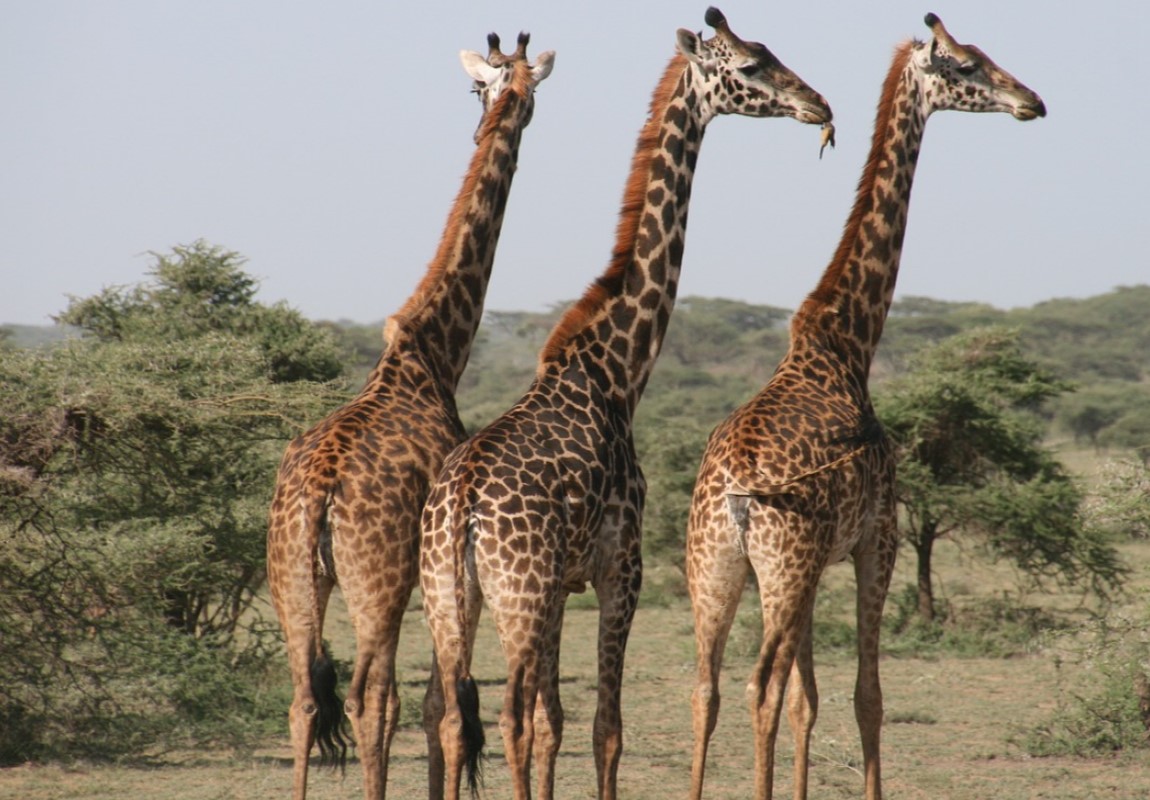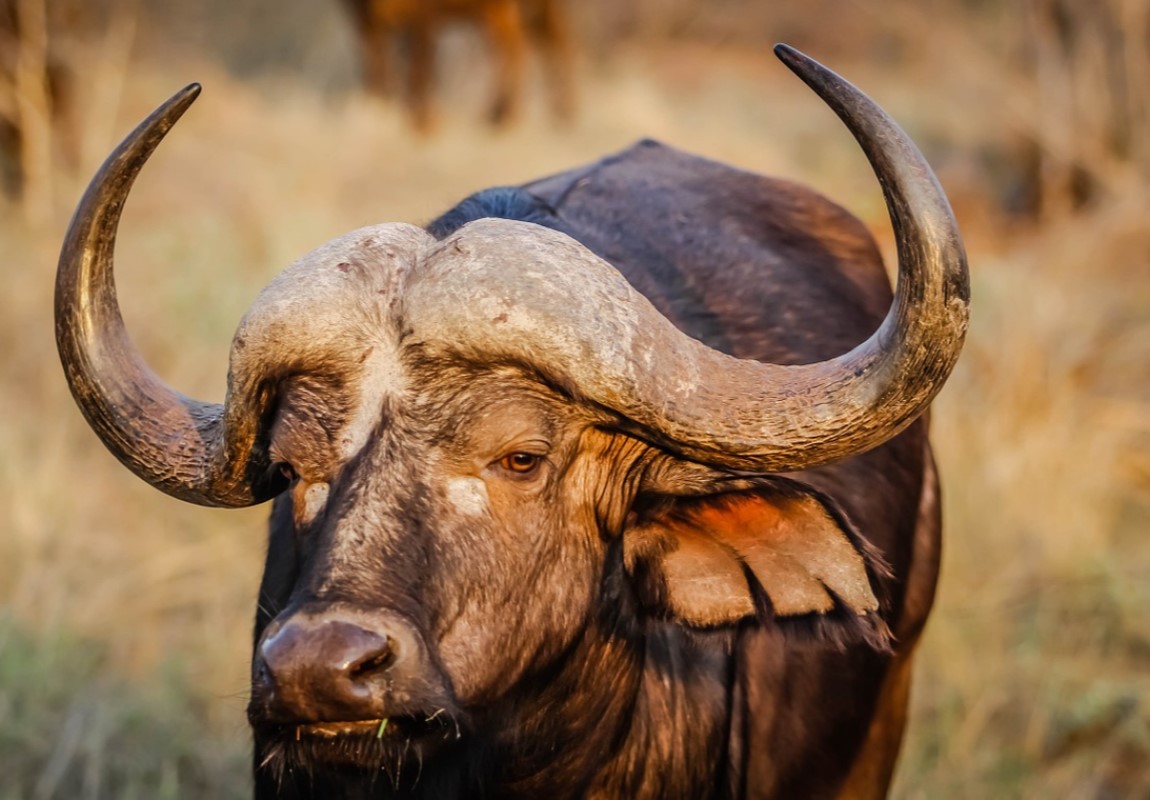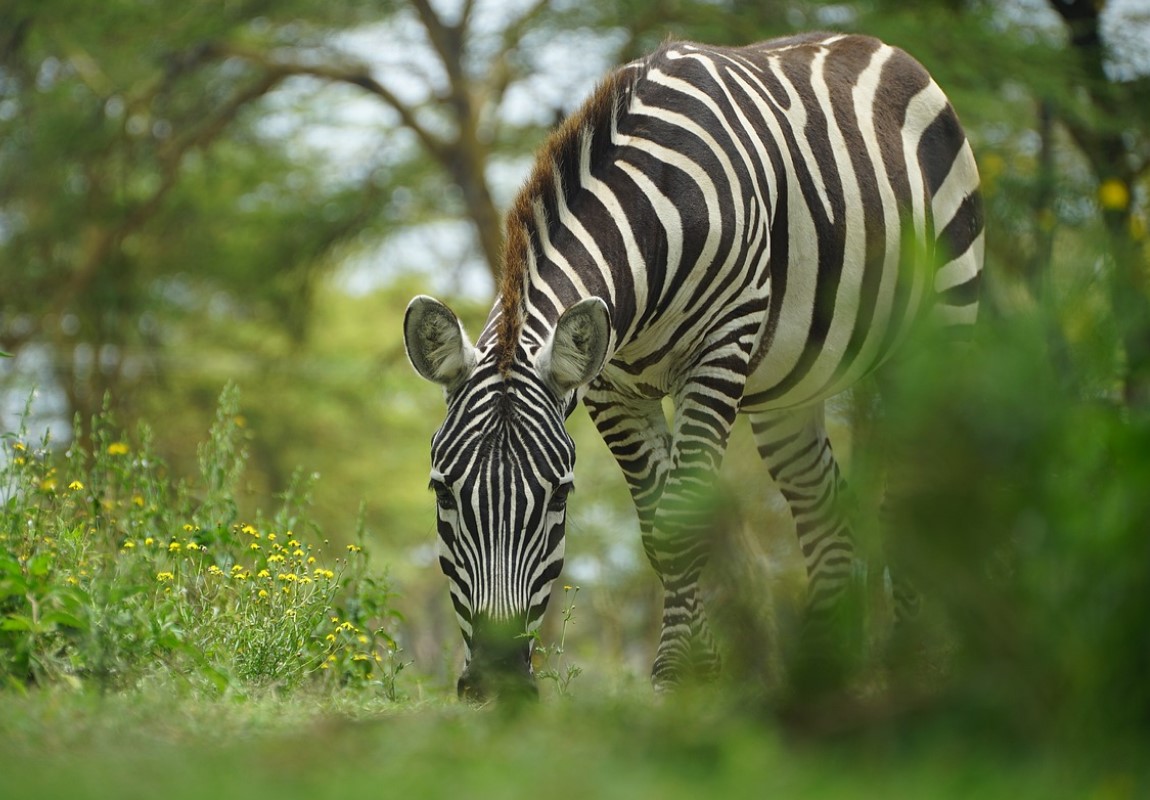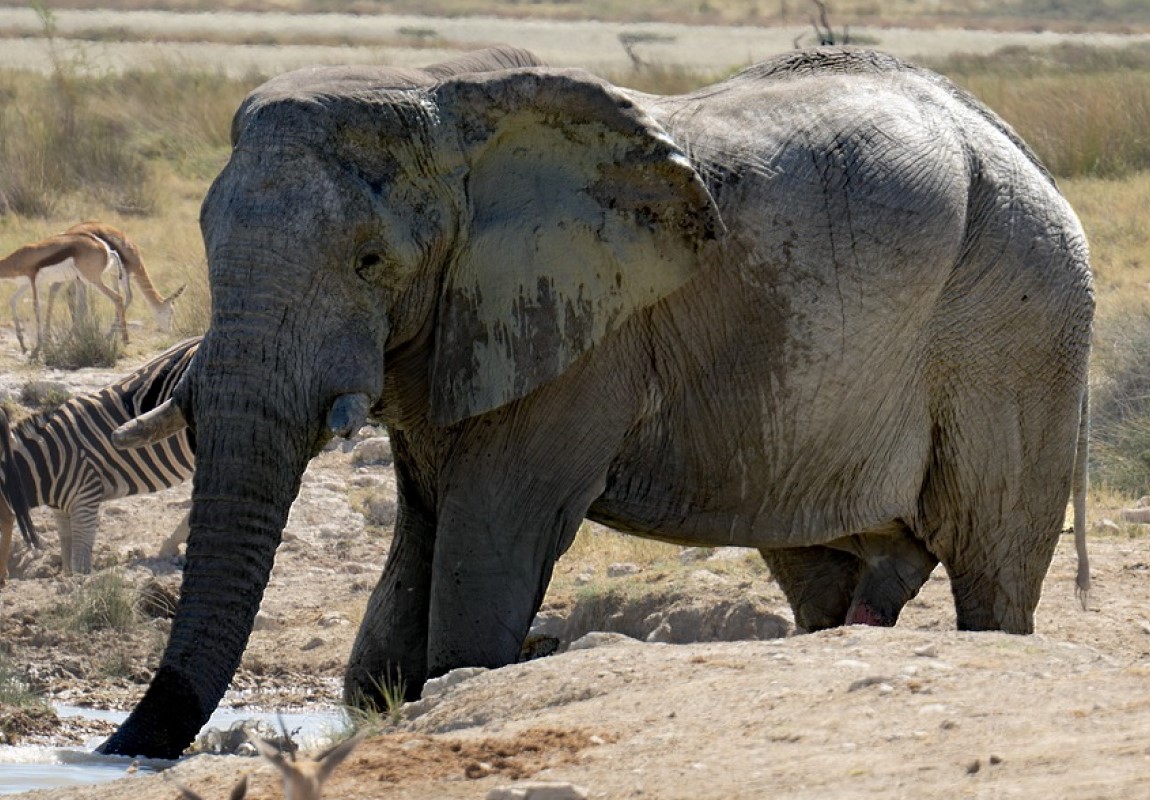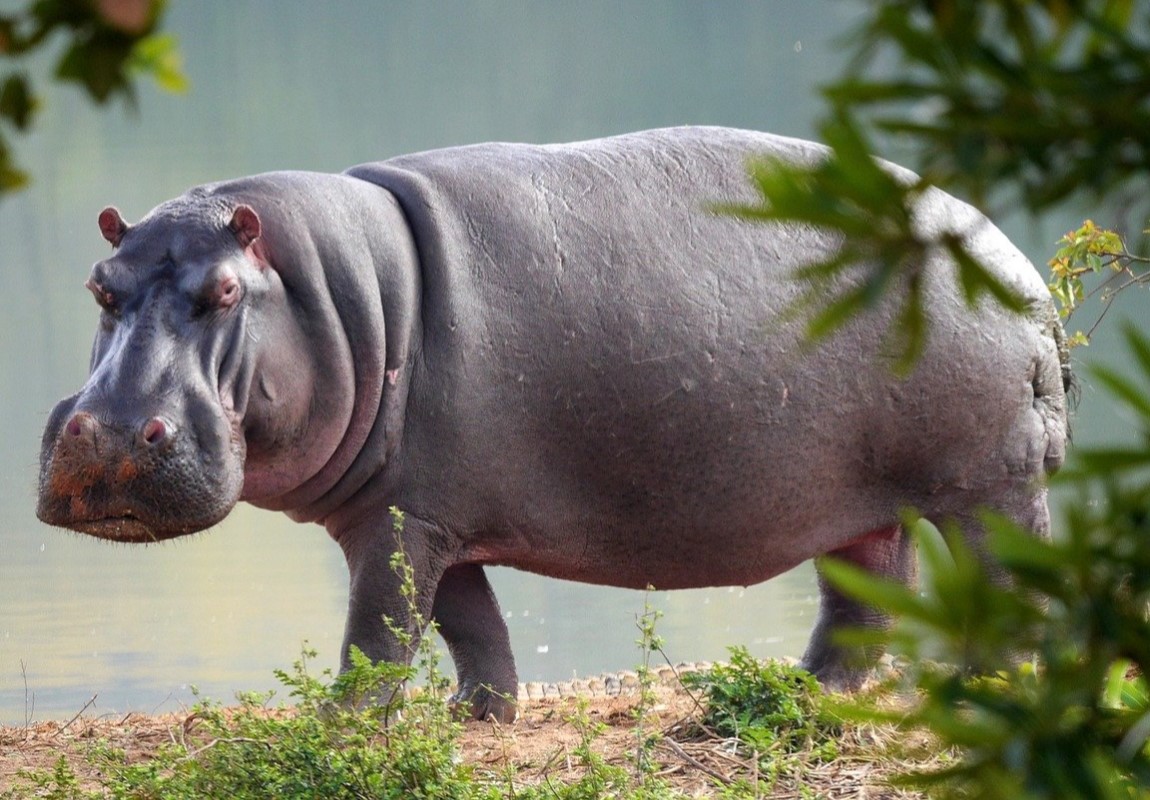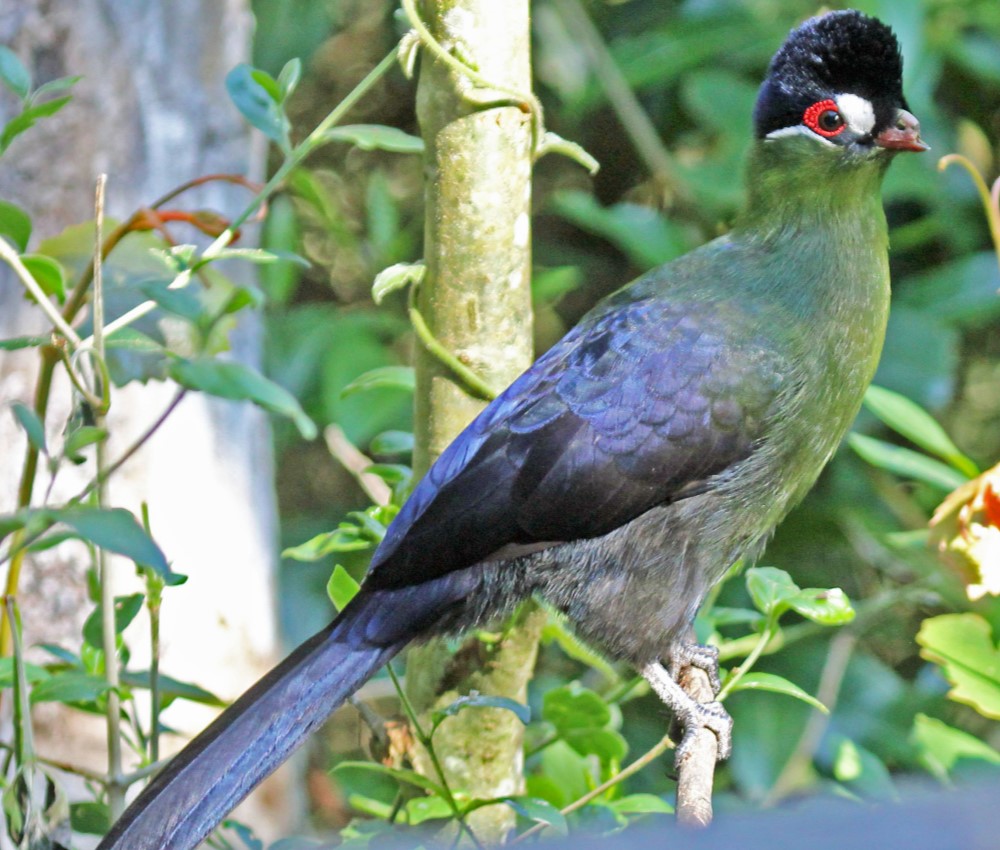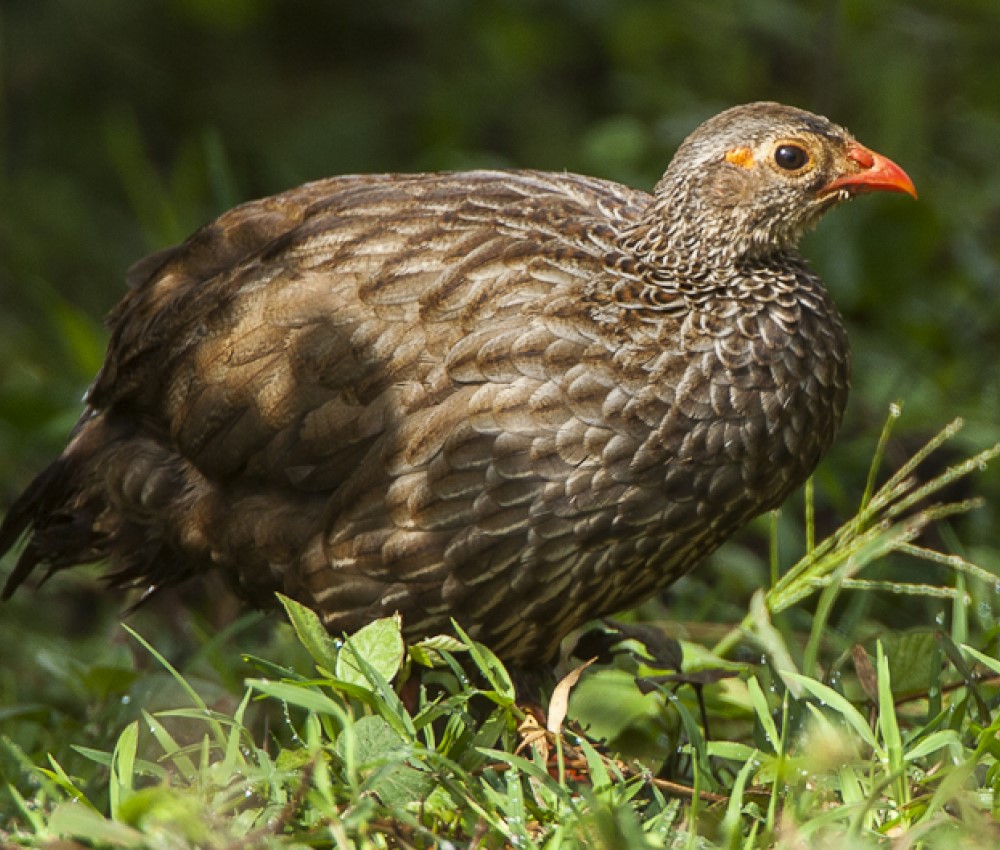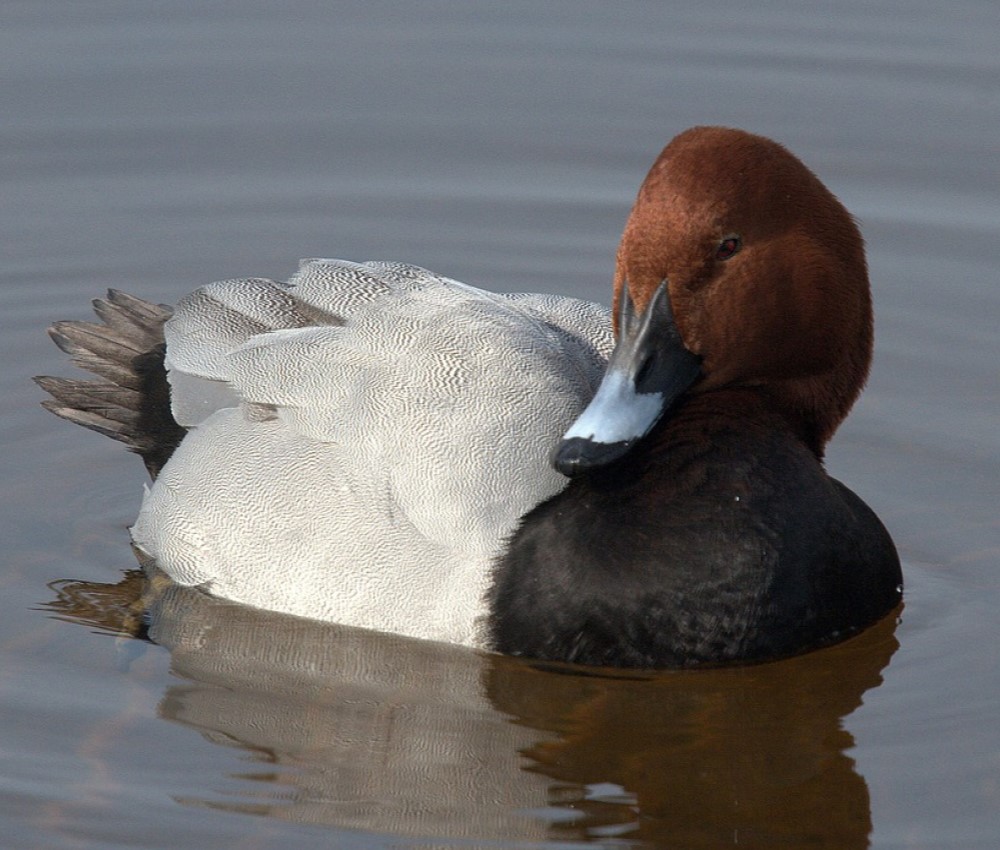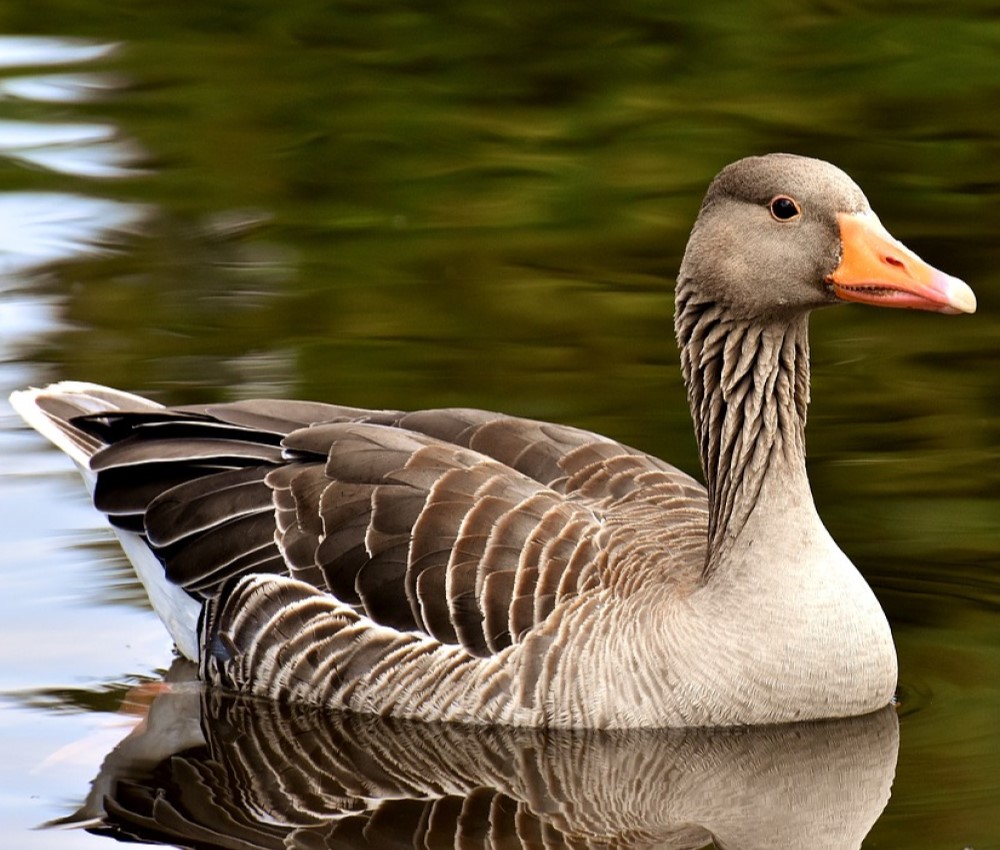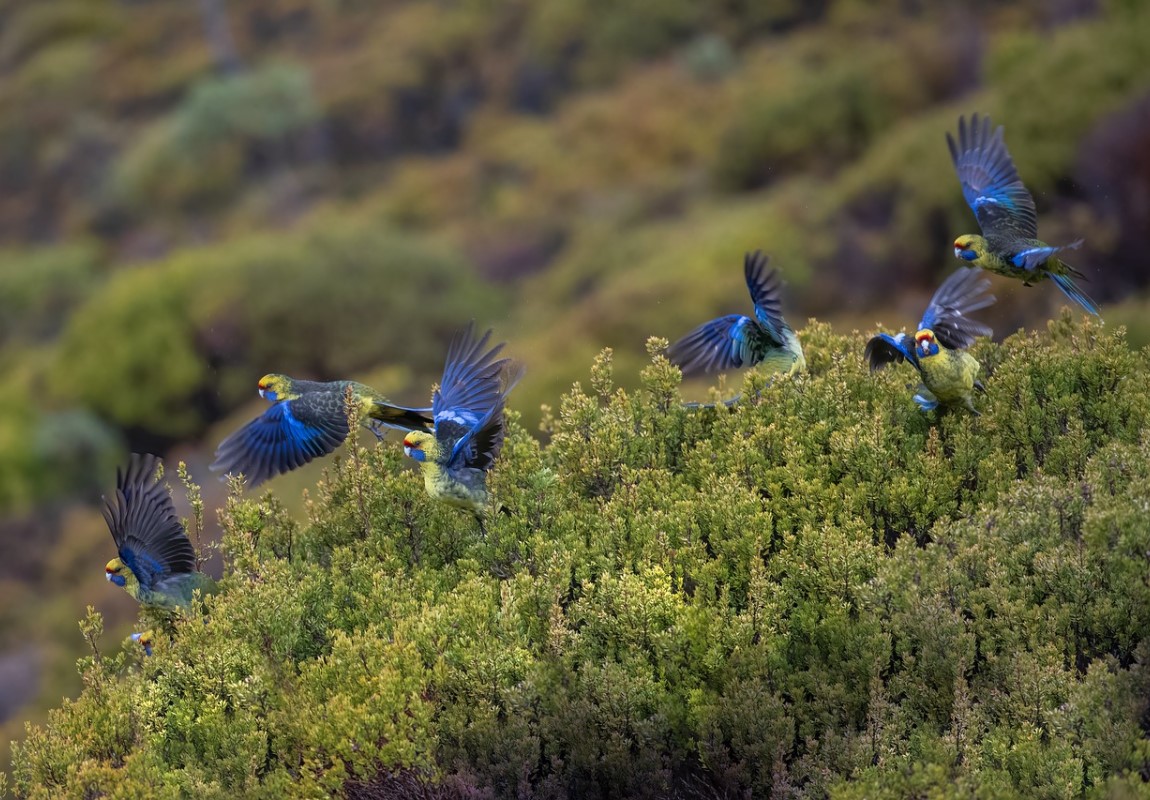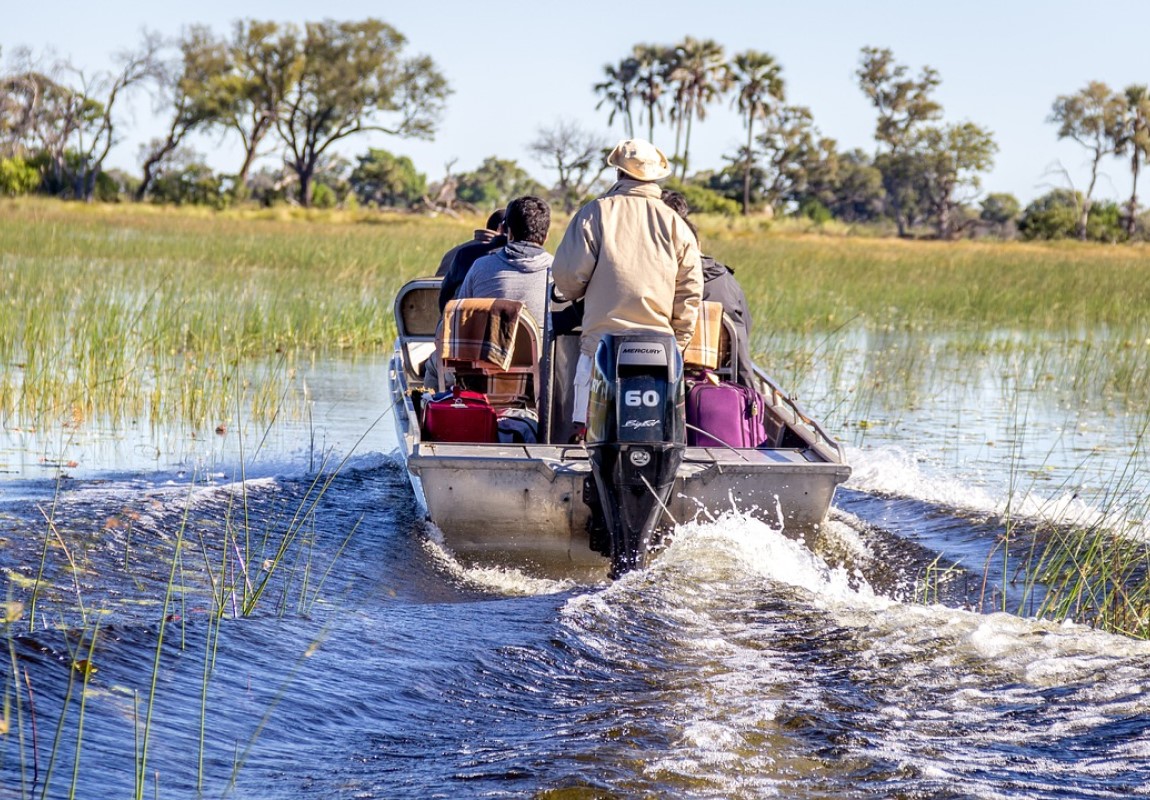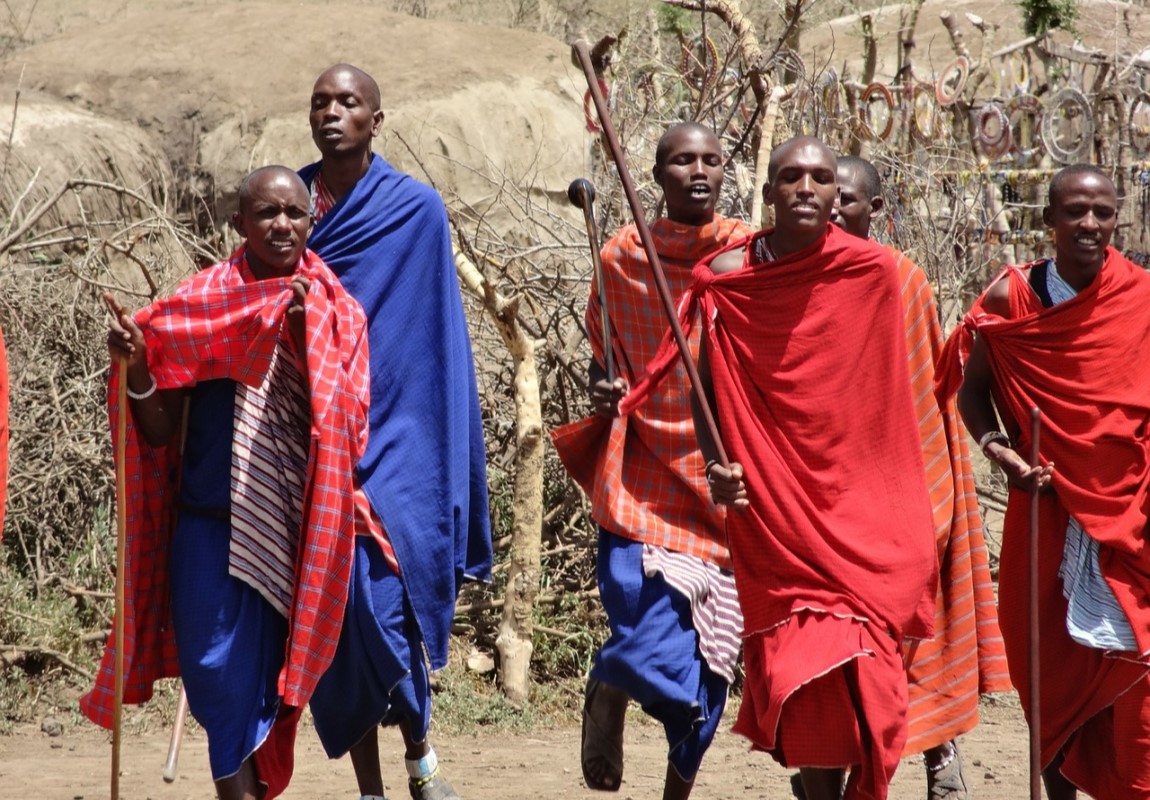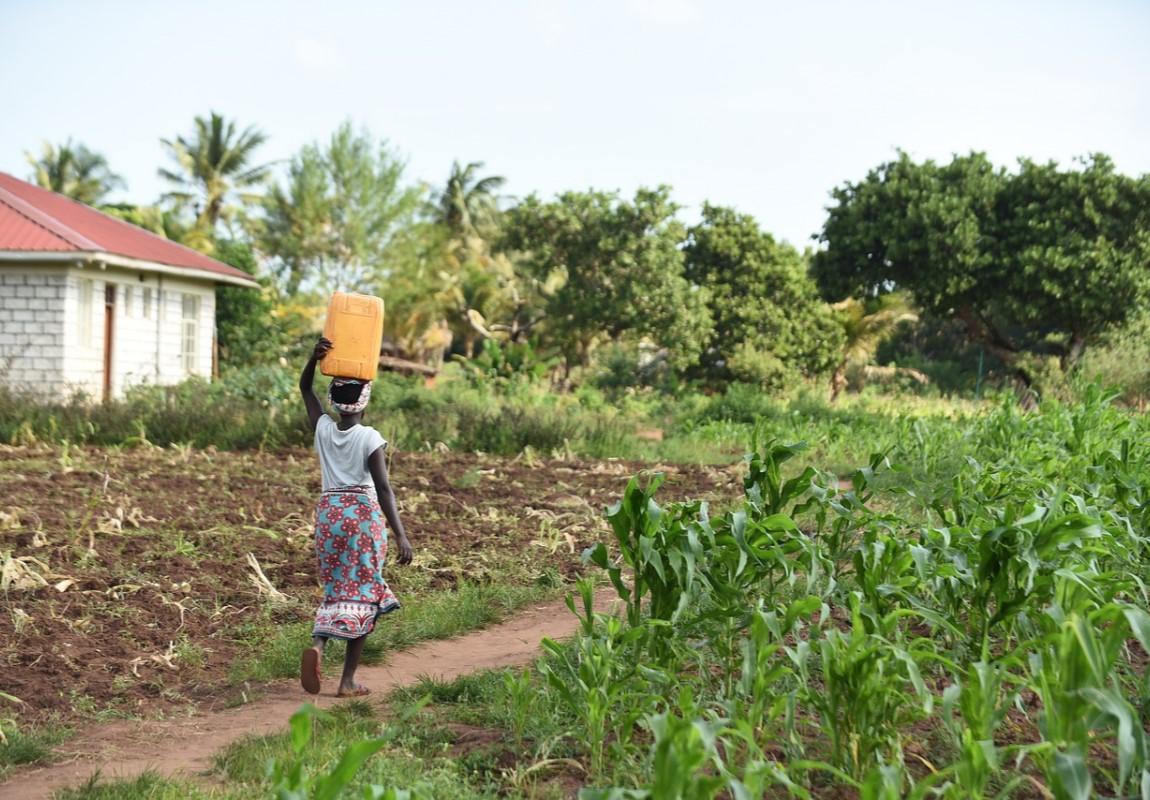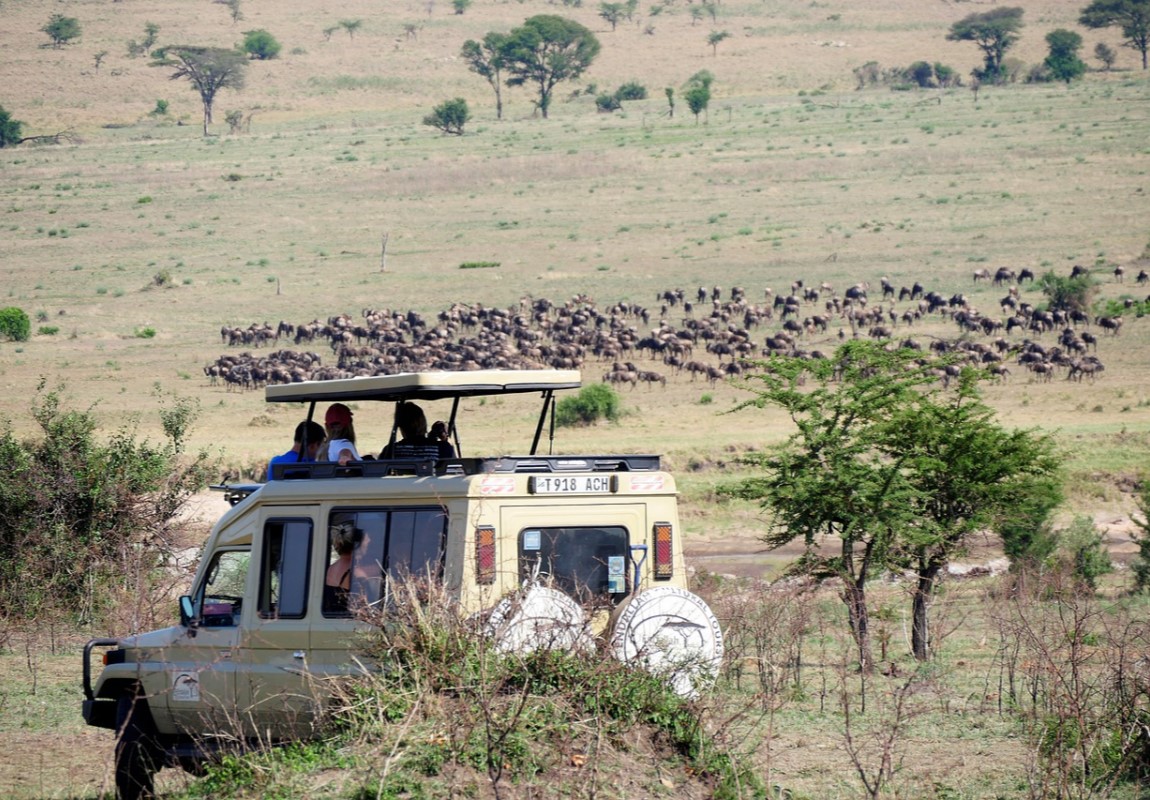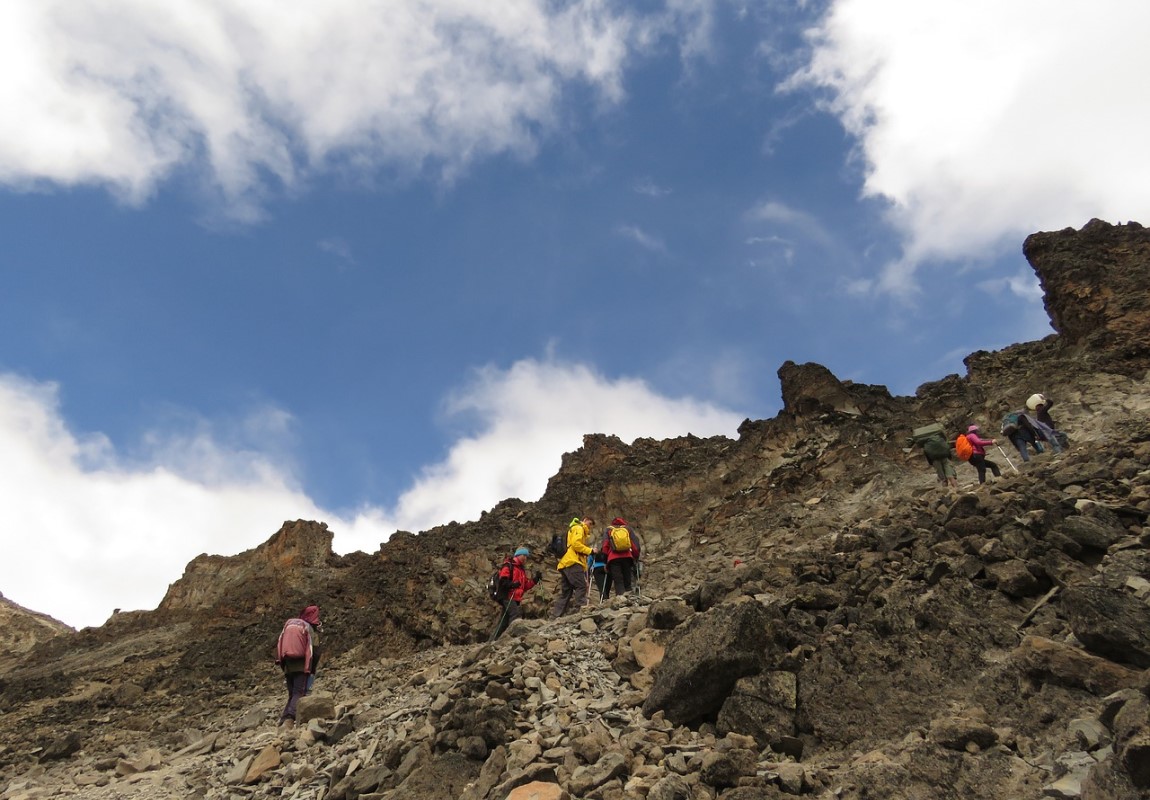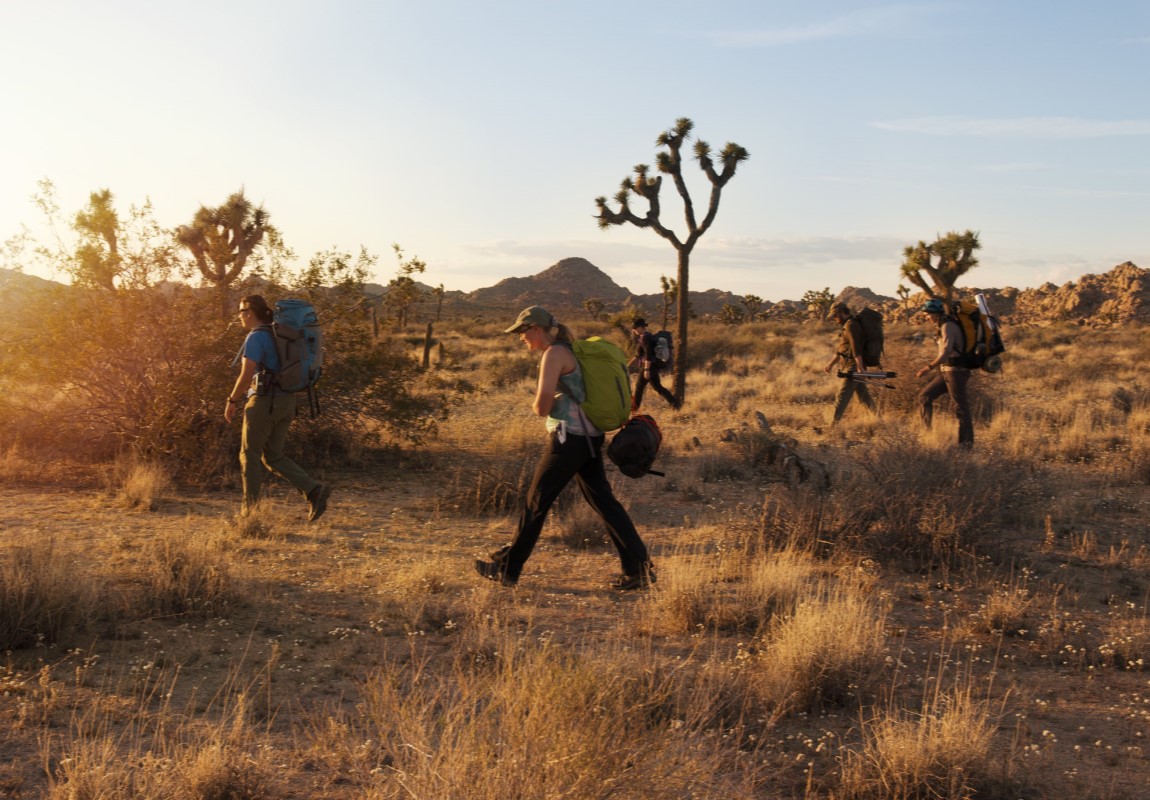Arusha National Park 
Arusha National Park - Tanzania Wildlife Destination
Starting from
$285PP
Overview
Arusha National Park covers Mount Meru, an eminent volcano with an elevation of 4566 m, in the Arusha Region of northeastern Tanzania. The park is just a few kilometres northeast of Arusha, though the main gate is 25 km east of the city. It is also 58 km from Moshi and 35 km from Kilimanjaro International Airport (KIA).
The park is small in size but varied with breathtaking landscapes in three distinct areas. In the west, the Meru Crater funnels the Jekukumia River and the peak of Mount Meru lies on its rim. Ngurdoto Crater in the southeast is grassland. The shallow alkaline Momella Lakes in the northeast have varying algal colours and are known for their wading birds. The range of wildlife animals to spot here is usually less. Among the Big 5 animals, the only buffalo can be seen here regularly.
Pros & Cons
- It's the only park in the northern circuit that can be seen in a single day in which walking safari is also possible.
- Home of Africa's largest giraffe population
- You can also see waterbucks, cape buffalo, elephants, blue monkeys, black and white colobus monkeys, turacos, trogons, and even the occasional lion or leopard in the right conditions.
- An incredibly diverse variety of bird life is available for birding enthusiasts.
- Views of Mount Kilimanjaro and Mount Meru
- Canoeing in the Momella Lakes
- Popular game drives in Ngurdoto Crater
- Hiking and Camping in Tululusia Hill
- Most of the safari animals aren't available or easily seen
- Safari can be completed within a day itself
Map in Tanzania
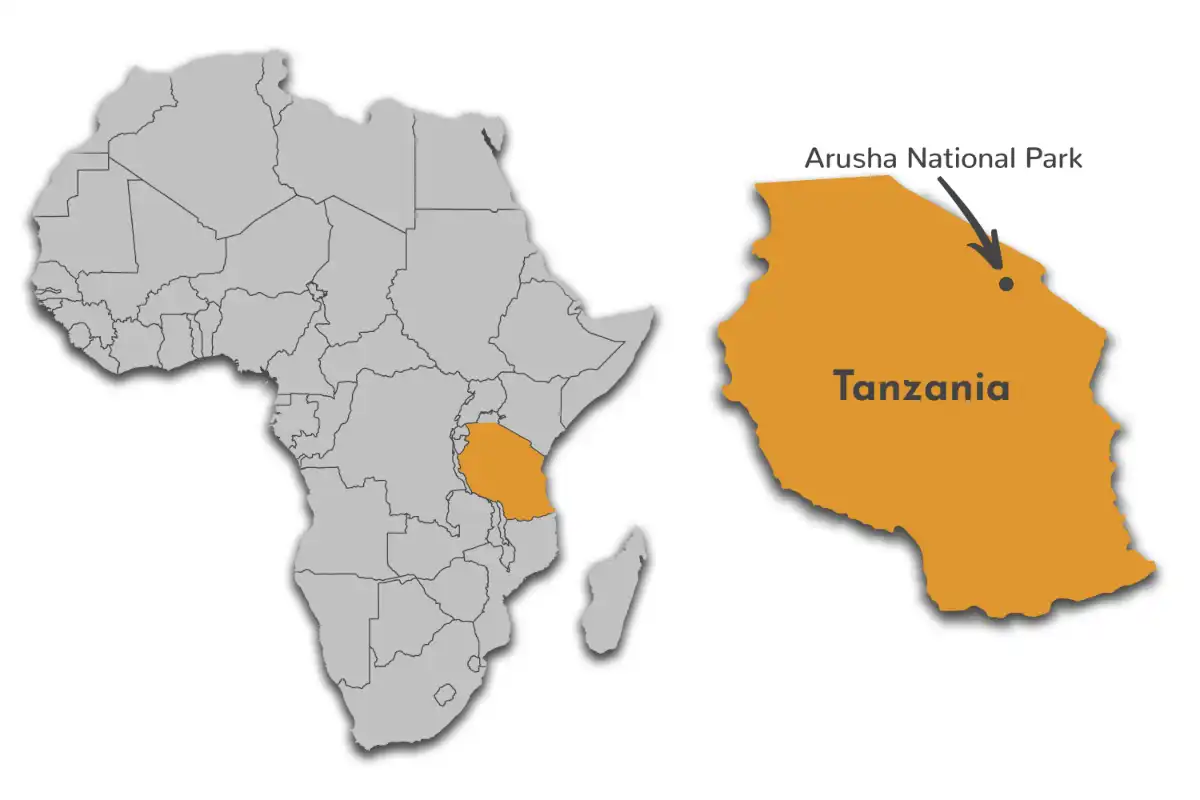
Want to Visit Arusha National Park?
Want to Visit Arusha National Park?
Wildlife & Animals
Arusha National Park has a significant variety of wildlife, but visitors shouldn't expect the same game-viewing experience they find in other national parks of Tanzania's northern circuit. In spite of the small size, common animals including the giraffe, Cape buffalo, zebra, warthog, the black-and-white colobus monkey, the blue monkey, flamingo, elephant, bushbuck and many other African animals can be spotted. Leopards, cheetahs, Wild dogs and hyenas are present in Arusha but can be seen very rarely.
Wildlife Highlights
An impressive number of blue monkeys and black-and-white colobus monkeys are present in this park and can't be found in any other region of northern Tanzania. Visitors can expect to see the Cape Buffalo, elephants, monkeys, baboons, warthogs, and a number of different antelope species in Ngurdoto Crater. Elephants, buffalo, colobus monkeys, the red duiker, suni, leopards, and even tree-dwelling pythons can be found in the heavily forested region of Tululusia Hill.
Best Time for Wildlife Viewing
The best time to visit Arusha National Park is throughout the year – But in the dry season from June to October animals are easier to observe as they congregate near freshwater sources, rainfall is minimal, foliage is less dense and mosquito levels are reduced. In the Wet season (March to April), some of the roads might become difficult to navigate, which can interfere with your wildlife viewing experience.
Want to Visit Arusha National Park?
Birds
The Arusha National Park and the Momella Lakes is the perfect place for bird-watching. The national park is inhabited by over 400 different migrant and resident bird species. The most famous bird species in the Arusha National Park are waterfowls such as little grebes, eagles, pochards, geese, hamerkop, red sharks, spurwinged goose, woodpeckers, herons, secretary birds, and grey parrots.
Best Time for Birding
Arusha NP is perfect for birding year-round. Migratory birds from Europe and North Africa are present from November to April, and resident birds have their breeding plumage. For bird watching, this will be the perfect timing.
Want to Visit Arusha National Park?
Best Time to Visit – Arusha National Park
The best time to visit Arusha National Park is throughout the year – But in the dry season from June to October animals are easier to observe as they congregate near freshwater sources, rainfall is minimal, foliage is less dense and mosquito levels are reduced. In the Wet season (March to April), some of the roads might become difficult to navigate, which can interfere with your wildlife viewing experience.
June to October (Dry Season)
- Animals are easier to spot as they congregate near fresh water sources
- It is sunny, and there is little rain
- Fewer mosquitoes and less chance of catching malaria
- Mornings and nights can be cold, the daytime temperature averages 75 F (24 C) and nighttime temperatures average 50 F (10 C)
November to May (Wet Season)
- Arusha NP offers good wildlife viewing throughout the year
- Birding is best as migratory birds are present
- The clear skies from December through February give you the best views of Mount Meru and Kilimanjaro.
- The scenery is beautiful and at its most lush
- It's less crowded in April and May, hence, rates are likely to be lower
- Due to long rains, road and path conditions may be affected in addition to the inability to safely canoe at Momella Lakes
- The weather also affects the views and climbing opportunities.
- March to May is the peak of the Wet season
Want to Visit Arusha National Park?
Activities
Explore popular activities available in and around Arusha National Park.
Want to Visit Arusha National Park?
No FAQs available for this park yet.

 English
English French
French
